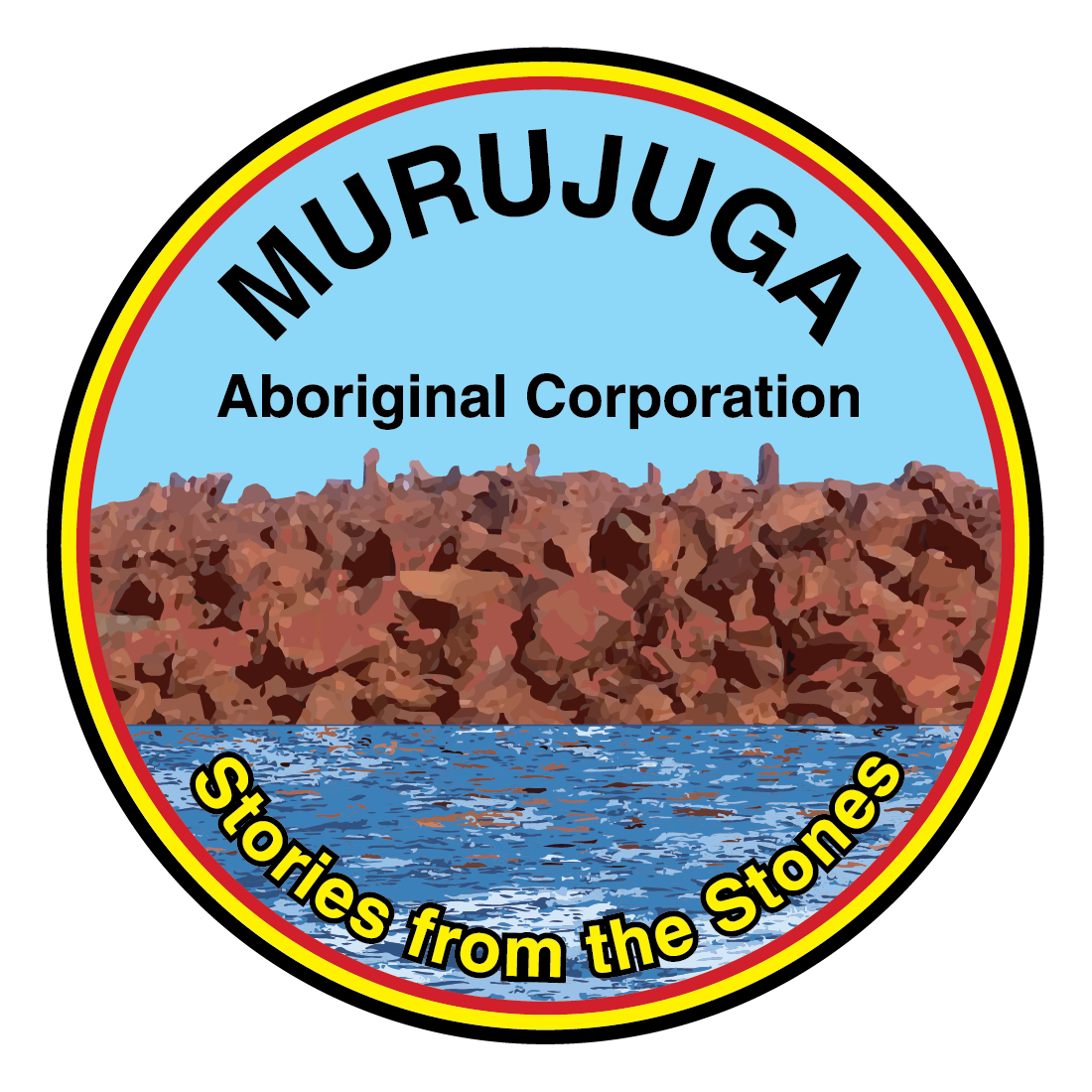About the Murujuga Cultural Landscape
Where is Murujuga?
Murujuga is located in the Pilbara region of Western Australia, approximately 1500km north of Perth. It encompasses the Burrup Peninsula and 44 islands, islets and rocky outcrops that form the Dampier Archipelago.
The Murujuga Cultural Landscape has been nominated to the World Heritage List and covers 99,881 hectares of land and sea Country.
Why is it globally significant?
- The Murujuga Cultural Landscape is one of the longest continuous cultural landscapes in the world, with tangible and intangible attributes that document at least 50,000 years of land and sea management by Aboriginal people.
- Murujuga holds one of the world’s most dense and diverse collections of petroglyphs (rock engravings), with an estimate of up to 2 million petroglyphs.
- Some of the petroglyphs are estimated to be more than 50,000 years old, whilst some are much more recent, offering a continuous record of the spiritual, social, and environmental lives of people living at Murujuga over periods of significant climatic and environmental change.
- Murujuga is a living cultural landscape shaped by the Lore that was put in place during the Ngurra Nyujunggamu (When the World was Soft), the traditional practice of by cultural knowledge holders over thousands of generations, and the continuing stewardship of Ngarda-Ngarli today.
- The tangible and intangible attributes that contribute to the extraordinary significance of the Murujuga Cultural Landscape include petroglyphs, stone structures, spiritual and sacred sites, archaeological sites, traditional knowledge and cultural practices that continue today, ecological knowledge and stewardship, social and cultural kinship systems and obligations through Law.
- The landscape includes landscapes, seascapes and submerged landscapes – a unique continuity of management and adaptation of Law to environments that changed dramatically as areas were submerged as the sea level rose.
Who looks after Murujuga today?
The Ngarda-Ngarli is a term adopted to refer to the five Traditional Owner and Custodial groups that come together to care for Murujuga today. After the devastating consequences of European colonisation and the Flying Foam Massacre, the Yaburara Traditional Owners were supported by neighbouring groups to ensure that Murujuga was cared for in a way that befitted such a sacred and important part of Ngurra (Country). MAC represents the interests of the five Traditional Owner and Custodial groups – Ngarluma, Yindjibarndi, Yaburara, Mardudhunera, and Wong-Goo-Tt-Oo – who come together to care for the Murujuga Cultural Landscape today.
